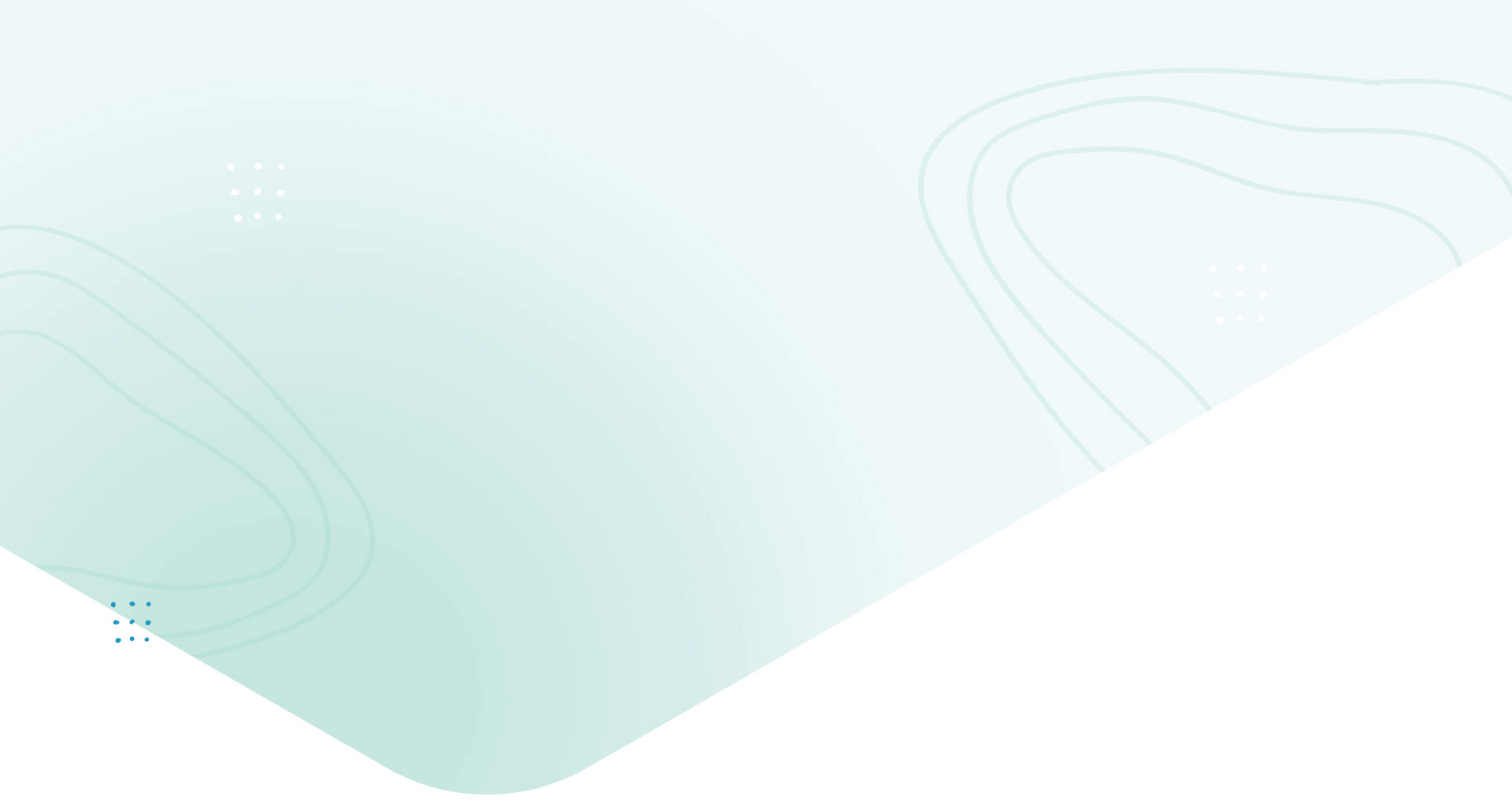Solving the Use Case
Overview
There are a variety of requirements to solve this use case, and all of them point back towards business goals of individuals across hospitals, clinics, and other providers. At the highest level, patient acquisition platforms need a way to:
- Store patient data
- Collect patient data
- Report on patient data
Let's address how we solve each of these requirements.
Meeting the Requirements
Salesforce's flexibility and extensive partner network make it the ideal solution to address all these needs, setting it apart from rigid point solutions.
Collecting Patient Data
To kickstart the patient acquisition process, the first step is to replace paper or PDF applications with digital forms. Salesforce's web-to-lead functionality seamlessly maps HTML form fields on any website to corresponding fields in the Salesforce CRM, ensuring a smooth transition. Rest assured, the connection between the web form and Salesforce CRM is encrypted, guaranteeing a secure and HIPAA compliant experience.
Real-time record creation and updates mean that the latest patient-submitted information is always readily available.
For more comprehensive intake processes with advanced features like file attachments, auto-filling, and multi-step applications, there are several ISV partners that offer dynamic form processing solutions. One of our top recommendations is Titan, a user-friendly form product that simplifies form creation with drag and drop functionality and supports advanced features like attachments.
Storing Patient Data
Health Cloud, a specialized healthcare version of Salesforce CRM, offers extensive configuration options for a patient data model. This means that the platform provides dedicated fields corresponding to healthcare-oriented data collected from various digital forms and applications. These fields typically include a patient timeline, care team roles, patient cards, and care team member details.
When you think of Salesforce CRM, most people associate the object model with leads, accounts, and opportunities. However, in the healthcare context, leads can be reinterpreted as patients, accounts can be reinterpreted as referring providers, and opportunities can be reinterpreted as patient cases. Additional fields for ICD 10 / 9 codes, procedure codes, CPT codes, and HCPCS codes, provider specialties, and provider taxonomies must be configured.
As patient records are created, intake-related documents can be conveniently stored as attachments.
Reporting on Patient Data
Centralized data storage empowers the creation of a diverse array of reports, elevating efficiency and accessibility. To drive patient volume, reports must be tailored for care coordinators, business development, and marketing.
Here are some essential standard reports that allow different teams to make better decisions in the patient acquisition use case.
Care Coordinator Dashboard
- Average time to convert & disqualify
- Conversion rate by care coordinator
- Intake activities completed (calls, emails)
- Overdue leads by care coordinator
Business Development Dashboard
- Top referring providers
- Top referring healthcare networks
- Payer mix of intake pipeline
Marketing Dashboard
- Total Referrals by channel
- Lead conversion rate by source
- Campaign performance by response time
![]()

